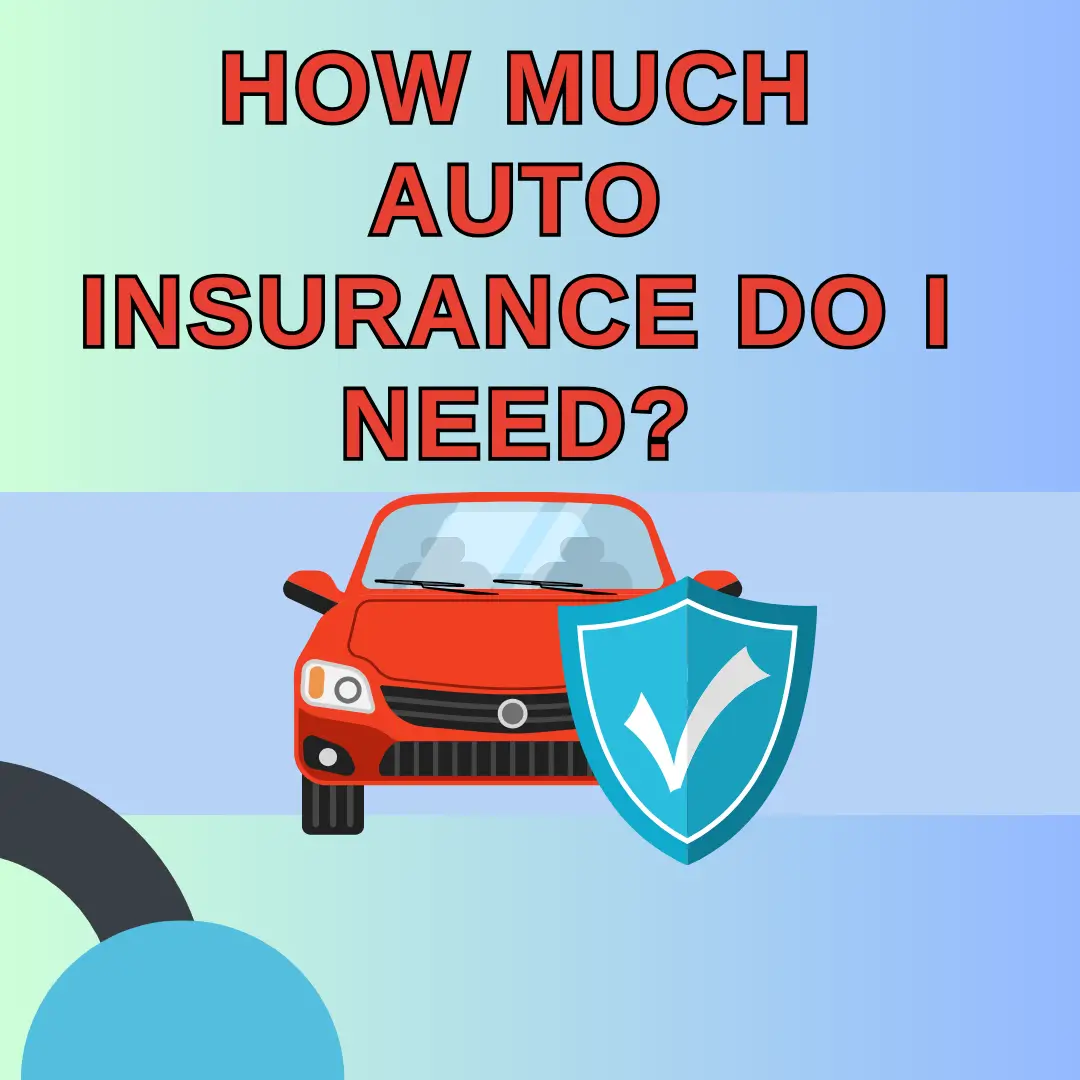How Much Auto Insurance Do I Need?
The kind of Auto insurance you require depends on several factors like the type of your car, the necessary coverage in your state, and the amount you want to spend.
Some of them are mandatory while others are taken at the discretion of the policyholder. Extra premiums may be expensive, but in case you are involved in an accident, they can be of great help.

How Do I Know How Much Auto Insurance I Need?
Finding out how much auto insurance is sufficient can be complex because the requirements of every state may differ. Every state provides its minimum standards for coverage of liability. For instance, some states demand basic amounts of $10,000 per person and $20,000 per accident for bodily injury, $10,000 for property damage.
It is wise to consult with your state’s automobile insurance or motor vehicles office about these regulations. However, insurance providers suggest that one should take high coverage as a way of safeguarding oneself. They recommend $100,000 for each person and $300,000 for each accident in case of personal injuries, as well as $100,000 for property damage.
Types of Auto Insurance Coverage and How Much I Need
Let’s take a closer look at each type of coverage and figure out how much you actually need.
Coverage for Bodily Injuries
Bodily injury liability coverage in auto insurance helps to pay for damages if you or your family members are at fault in an accident. The amount varies by state laws and is usually expressed as three numbers, such as 25/50/20. For example, it could mean $25,000 per person and $50,000 per accident.
It is suggested to have more coverage such as 100/300/50 for enhanced protection. Therefore, you should consult the specific state laws and your financial capabilities to ensure adequate protection.
Liability Insurance for Property Damage
This is a type of insurance that provides coverage for other people’s property or car in case it has been damaged by you or members of your household. These states may require some level of this coverage, which can be represented with the third figure in the policy, for example, 25/50/20, where $20,000 is given as the coverage.
However, it’s advisable to raise the limit to $50,000, which is considered to be more appropriate if one has significant property. But it’s always wise to assess your budget when determining how much more coverage is necessary than what your state mandates.
Collision Coverage
Collision coverage covers damages to your car after an accident with another vehicle or any other object. Even though states do not require it, lenders may if you have an auto loan or lease. While it is not mandatory to get collision coverage, you should consider it particularly if you might not afford to fix the car after an accident. If your car is getting older or has depreciated in value, think about whether the expense of collision coverage is worthwhile concerning the value of the car.
Comprehensive Coverage
Comprehensive coverage protects your car from things like fires, falling objects, floods, and theft – except for accidental collisions. While not obligatory by states, it can be required by lenders for financed or leased vehicles. You can typically end this coverage once your loan is repaid or your lease is up. When deciding whether to obtain comprehensive insurance, you should ask yourself whether you are ready for such expenses, as well as compare the car’s value to the cost of such coverage in the long run.
Coverage for Uninsured and Underinsured Motorists
This is a type of coverage that shields the vehicle owner against any loss, damage, or injury that may be caused by a driver who does not have valid insurance by a hit-and-run driver or an over-insured driver. It is obligatory in some states while others only recommend it. You can consider getting this type of auto insurance if your existing car insurance would not pay for such a large loss and if you do not have much health or medical insurance.
Wrapping Up
When selecting the type of auto insurance remember that each auto insurance company has its own rates depending on certain factors. Therefore, it’s important to compare the prices from several providers in order to get the best auto insurance for your car at the right cost. This might take some time but this is very essential to ensure you get the right protection that will meet your needs and not overspend.

